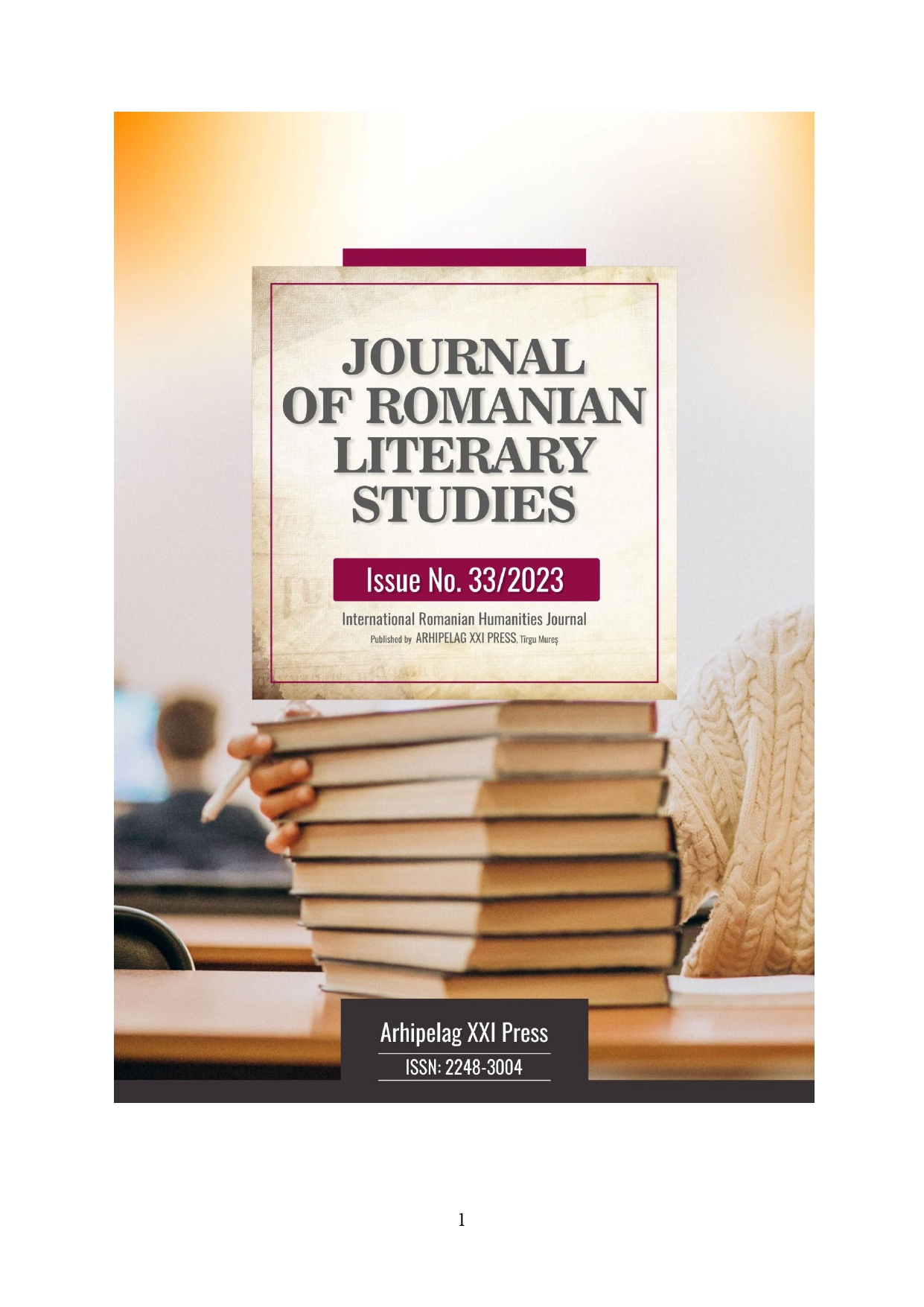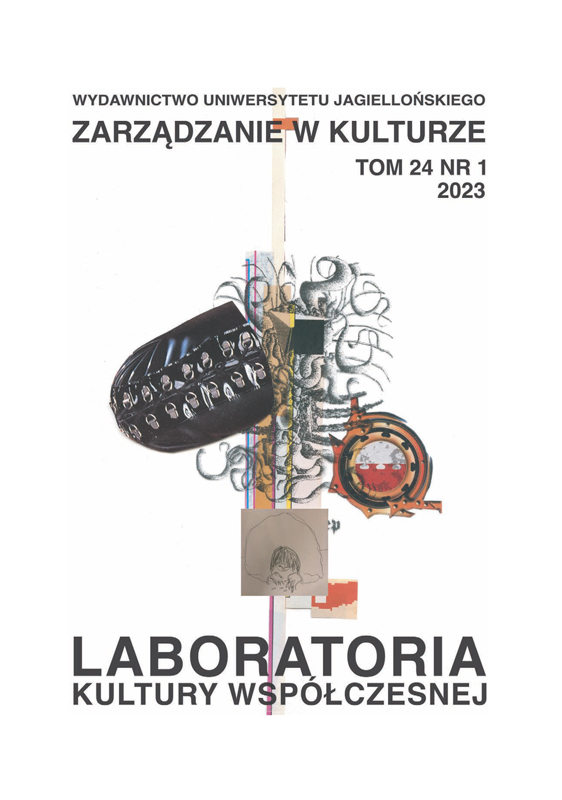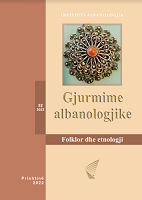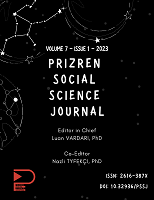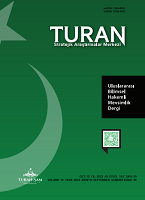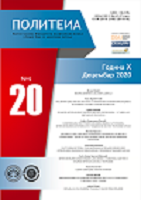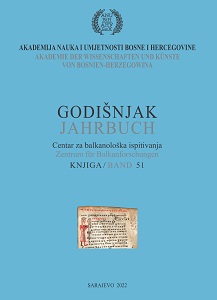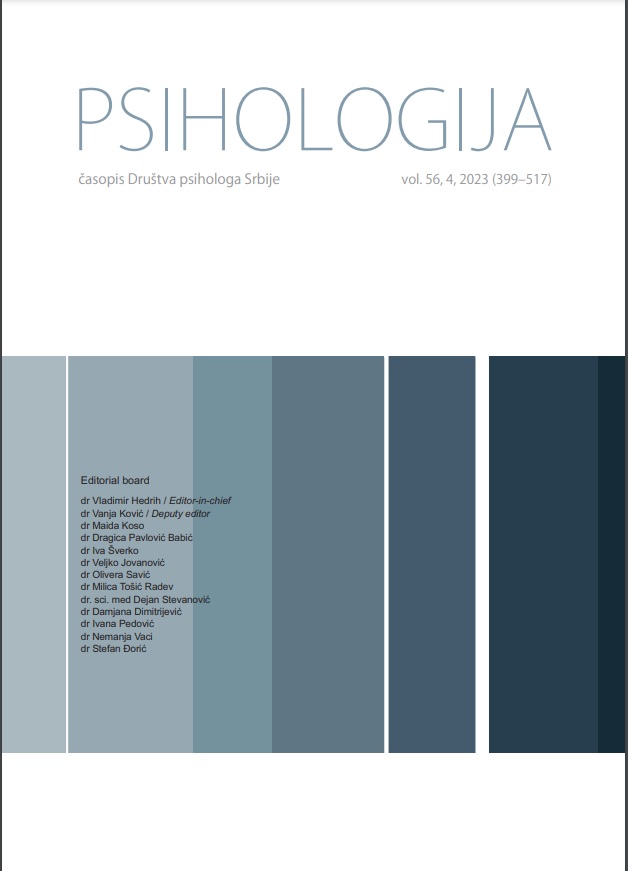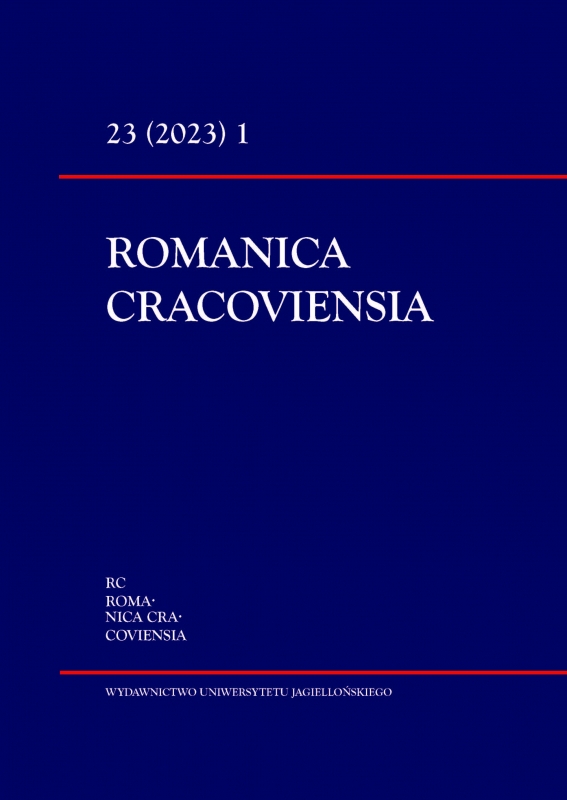
Du latin tardif au numérique. Une histoire de la phrase française des « Serments de Strasbourg » aux écritures numériques sous la direction de Gilles Siouffi
The article constitutes a report on the publication Une histoire de la phrase française des Serments de Strasbourg aux écritures numériques [A History of French Sentence from the “Oaths of Strasbourg” to Digital Writing] published under the direction of Gilles Siouffi. The notion of a sentence seems nowadays so widely shared that we could be tempted to think that all over the history it was an obvious thing. Texts used by the authors demonstrate the contrary, they show that a sentence was for a long time contending with little success against competitive concepts (such as period, proposition, to mention just the most important ones) and that it is the outcome of a complicated history relating to various areas of the social life: political history, literary history, technical innovations, language analyses, etc. Apart from the authors’ erudition and their ability to include linguistic thinking into the common history, this work seduces by the contrast between texts certified and the model of a sentence, which contemporary French speakers have encoded.
More...
